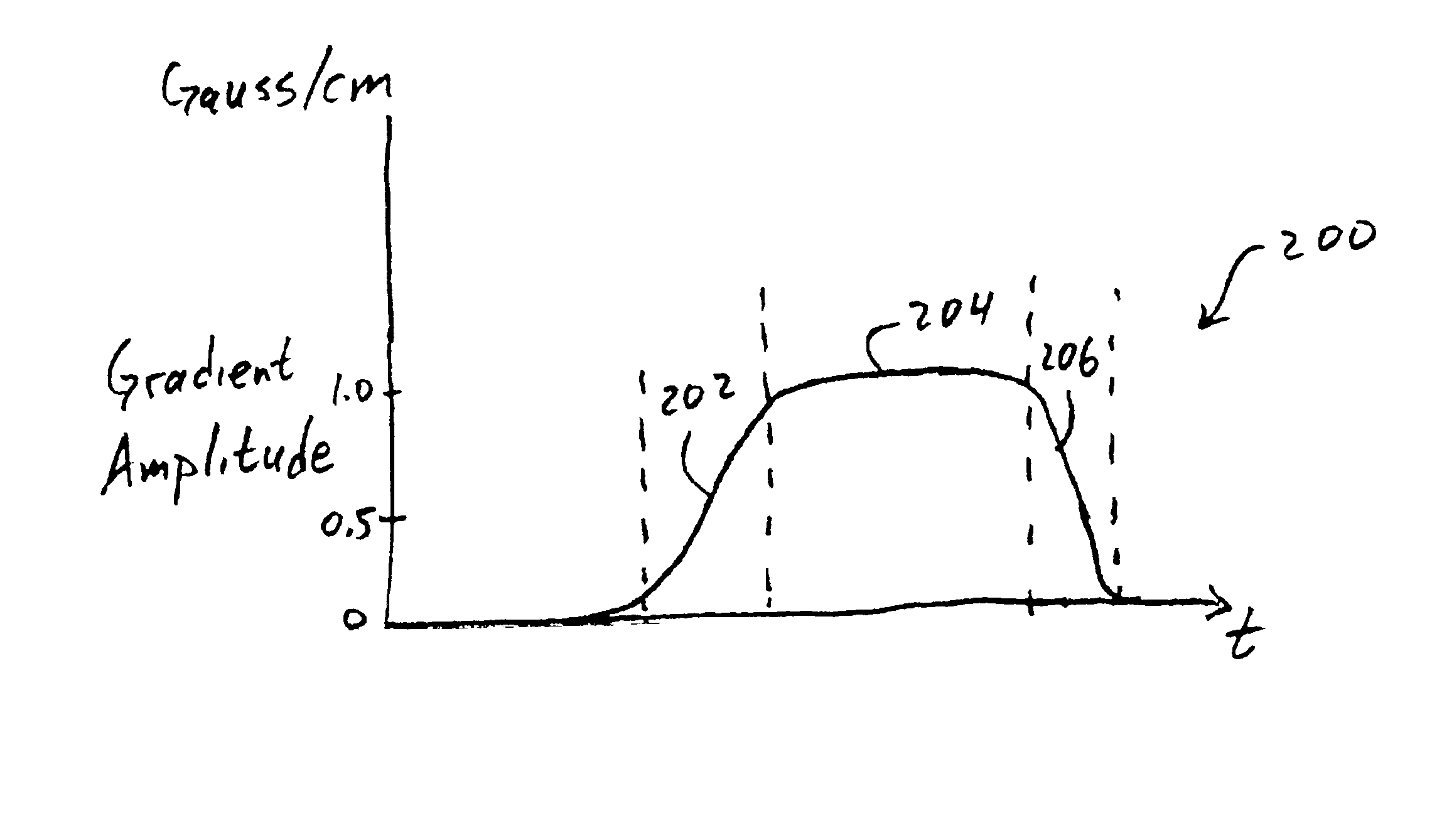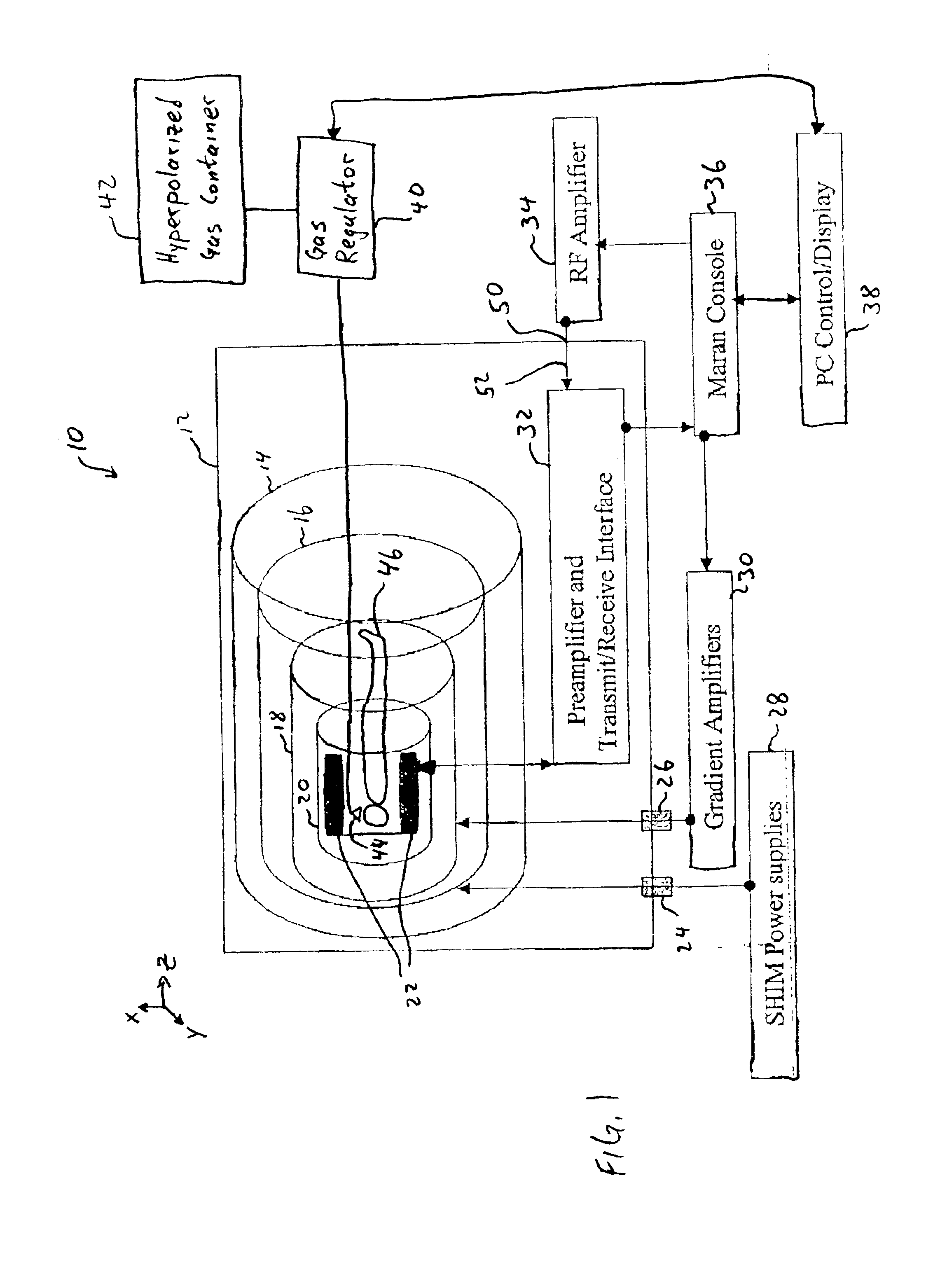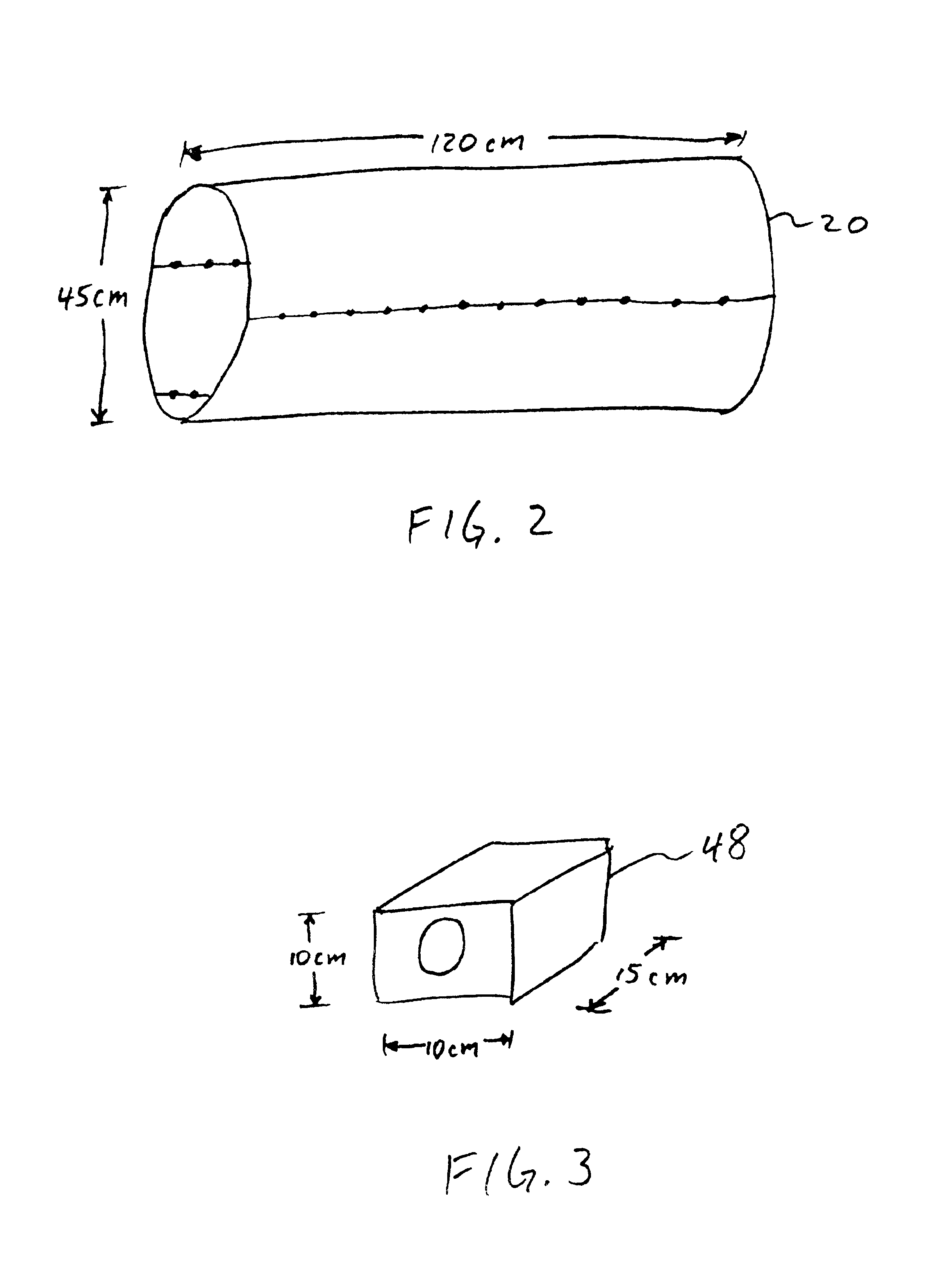Low-field MRI
a low-field, magnetic field technology, applied in the field of magnetic resonance imaging, can solve the problems of inability to use mri in its normal state, and achieve the effect of reducing susceptibility artifacts, improving clinical diagnosis of pathology, and reducing magnetic field
- Summary
- Abstract
- Description
- Claims
- Application Information
AI Technical Summary
Benefits of technology
Problems solved by technology
Method used
Image
Examples
Embodiment Construction
Embodiments of the invention provide techniques for implementing MRI using hyperpolarized noble gases and a low applied magnetic field on the order of 0.0001 T-0.1 T. It may be possible to use even lower field strengths than 0.0001 T with embodiments of the invention. As used herein, “low field” includes fields that may be referred to by some as “low field,”“very-low field,” and “ultra-low field.” Embodiments of the invention provide techniques for imaging animal and human subjects as well as in inanimate subjects. For example, embodiments of the invention provide techniques for imaging specific items such as lung and lung-gas, lipid structures in the brain, blood flow to tissue, and rock samples (e.g., for geophysical imaging such as for use in oil well logging). Numerous other applications are also possible, including imaging plastics, foams, pipes, casts, ceramics, liquids (especially with 129Xe as it is soluble in liquids), aerosol delivery analysis (e.g., for asthma inhalers), ...
PUM
 Login to View More
Login to View More Abstract
Description
Claims
Application Information
 Login to View More
Login to View More - R&D
- Intellectual Property
- Life Sciences
- Materials
- Tech Scout
- Unparalleled Data Quality
- Higher Quality Content
- 60% Fewer Hallucinations
Browse by: Latest US Patents, China's latest patents, Technical Efficacy Thesaurus, Application Domain, Technology Topic, Popular Technical Reports.
© 2025 PatSnap. All rights reserved.Legal|Privacy policy|Modern Slavery Act Transparency Statement|Sitemap|About US| Contact US: help@patsnap.com



